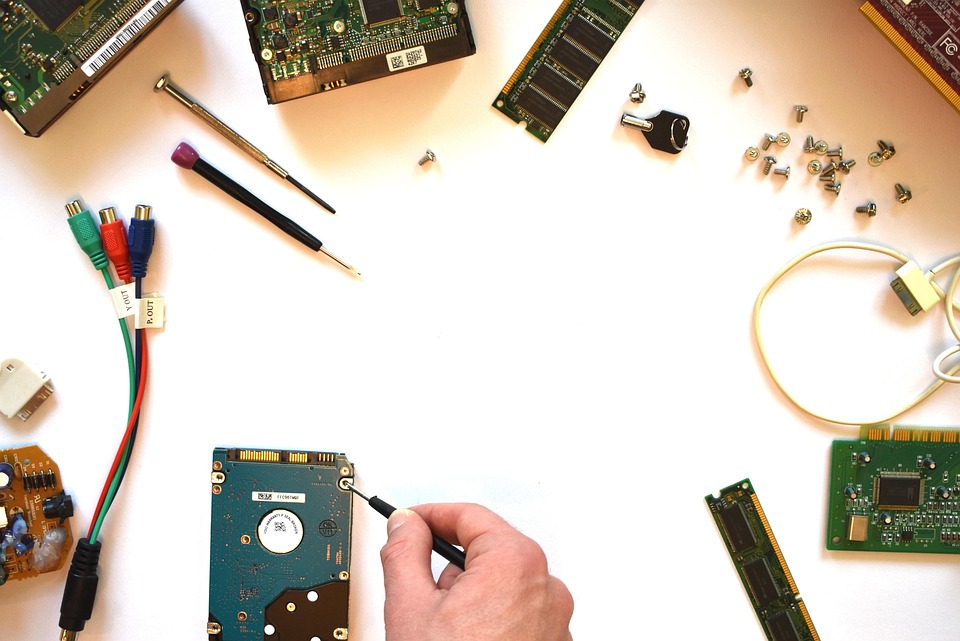Course Overview
Course Description:
This course provides a foundational understanding of computer hardware components and their functions. Whether you’re new to computers or looking to gain a better understanding of how they work, this course will walk you through the essential parts of a computer, how they interact, and basic troubleshooting techniques. By the end of the course, you will have the knowledge to identify, install, and maintain basic computer hardware.
What You’ll Learn:
✅ Understanding the essential hardware components of a computer
✅ Identifying internal and external computer parts
✅ Assembling and disassembling a PC safely
✅ Understanding storage devices, RAM, CPU, and GPU functions
✅ Basic troubleshooting and hardware maintenance
✅ Recognizing different types of cables and connectors
Who Should Take This Course?
- Beginners who want to learn about computer hardware
- Small business owners managing their own office computers
- IT beginners looking to start a career in tech
- Hobbyists interested in building or upgrading PCs
Course Format:
📅 Duration: Self-paced (or specify duration if applicable)
🎥 Mode: Virtual (Google Meet/Zoom) or In-Person
📄 Materials: PDF guides, video demonstrations, and hands-on exercises
Course Curriculum:
1️⃣ Introduction to Computer Hardware
- Overview of computer components and their functions
- Understanding desktops vs. laptops vs. servers
2️⃣ Internal Hardware Components
- Central Processing Unit (CPU) and how it works
- Motherboard basics: slots, chipsets, and expansion ports
- Memory (RAM): types and functions
- Storage Devices: HDD, SSD, and NVMe drives
3️⃣ External Hardware & Peripherals
- Understanding monitors, keyboards, mice, and printers
- Different types of USB ports and connectors
- Network devices: modems, routers, and Ethernet cables
4️⃣ Assembling & Maintaining a Computer
- How to safely install and replace components
- Cooling systems: fans, thermal paste, and airflow
- Cleaning and maintaining computer hardware for longevity
5️⃣ Troubleshooting & Upgrading
- Diagnosing common hardware failures
- Identifying when to upgrade components
- Best practices for handling and storing computer parts
Prerequisites:
- No prior hardware knowledge required
- Access to a desktop or laptop (recommended but not mandatory)






